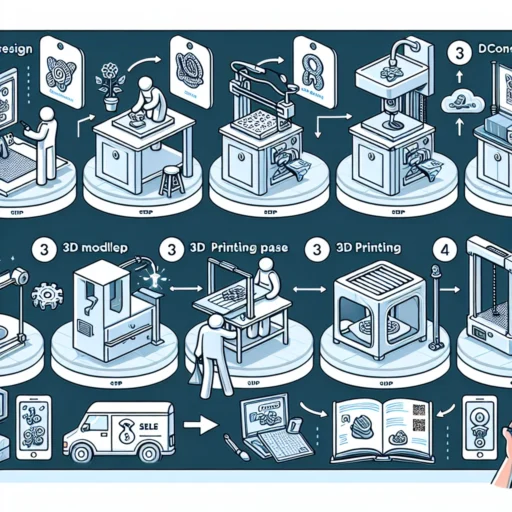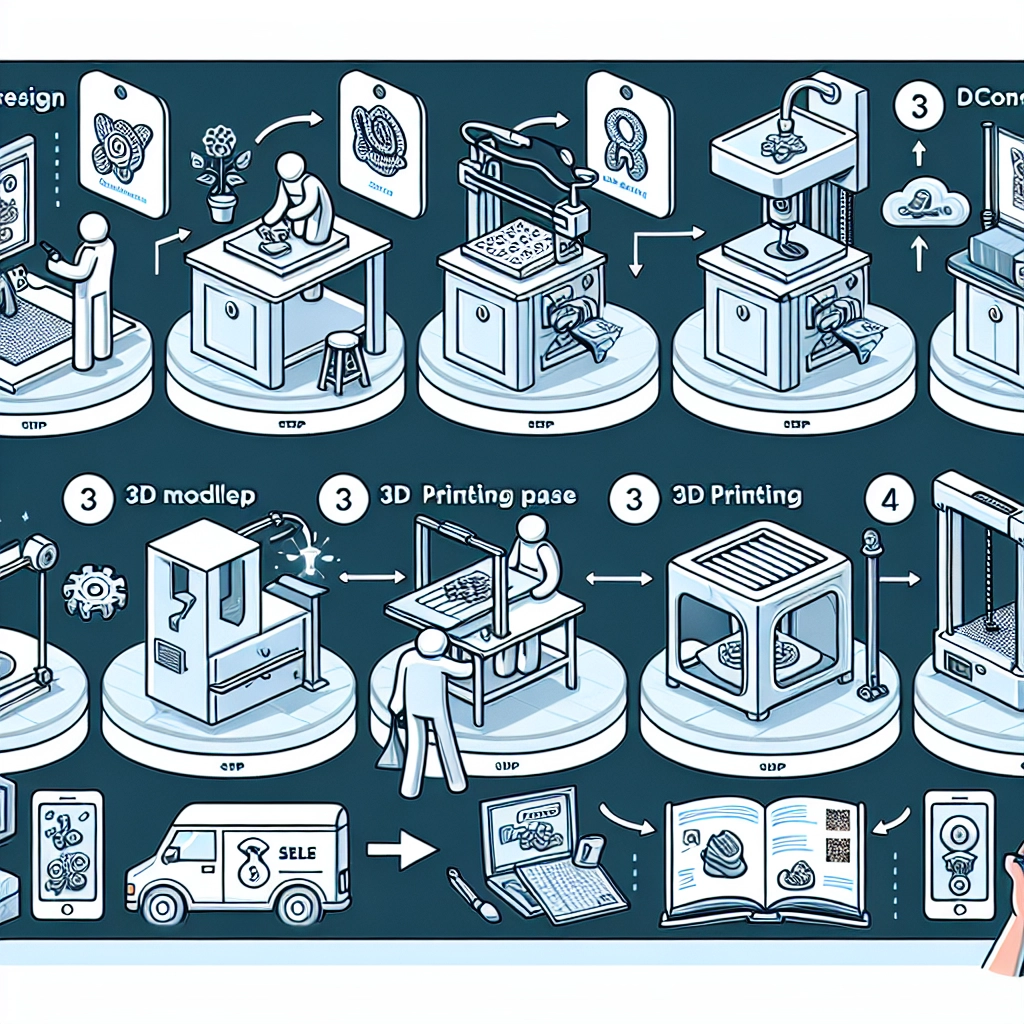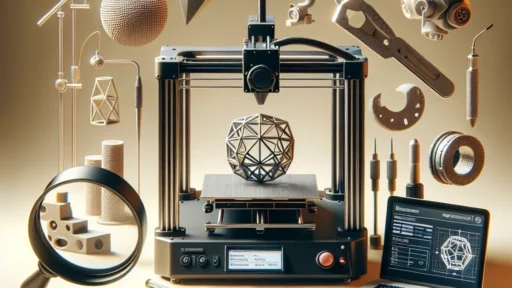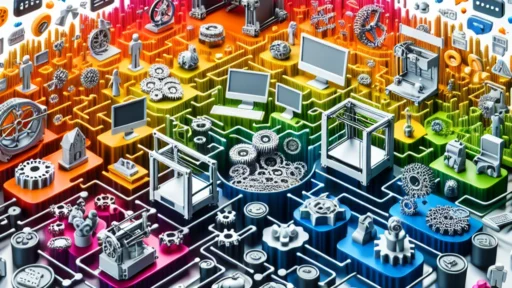How to Create and Sell Your Own 3D Printed Products
In recent years, 3D printing has evolved from a niche hobby into a viable business venture. If you’ve ever thought about creating and selling your own 3D printed products, you’re not alone. This intriguing blend of technology and entrepreneurship allows for unlimited creativity and potential profit. Let’s dive into the essentials of getting started.
Understanding 3D Printing Basics
Before you rush out to buy a printer and start cranking out products, let’s briefly touch on the basics of 3D printing. At its core, 3D printing (or additive manufacturing) involves creating three-dimensional objects from a digital file. Printers layer materials (commonly plastic) to produce everything from intricate models to functional tools.
If you’re new to the game, familiarizing yourself with different types of printers—like FDM (Fused Deposition Modeling), SLA (Stereolithography), and SLS (Selective Laser Sintering)—is crucial. Each has its own strengths and weaknesses. FDM printers are often the most user-friendly for beginners and are quite affordable, making them a great starting point.
Finding Your Niche
Once you’re up and running with the basics, it’s time to consider what you want to create. Not every 3D printed object will fly off the virtual shelves, so finding a niche that excites you is essential. This could be anything from home decor items, jewelry, and toys to functional tools or even cosplay gear.
Consider what you’re passionate about or what gaps you see in the market. Conduct some research on platforms like Etsy or Amazon to see what’s trending. You can also participate in 3D printing communities on social media or forums to gain insights from others.
Designing Your Products
If you have experience with CAD (Computer-Aided Design) software, awesome! You can start designing your own products. If not, there are plenty of user-friendly applications like Tinkercad or Fusion 360 that cater to all skill levels.
Don’t worry, there are also countless free and paid 3D models available online that you can use as is or modify to suit your style. Websites like Thingiverse or MyMiniFactory boast vast libraries of designs shared by other creators. Remember to check licenses—some designs may only be for personal use and not for commercial purposes.
Setting Up Your 3D Printer
Once you have a design in hand, it’s time to print! Make sure your printer is calibrated correctly; a poorly calibrated printer can lead to frustrating prints that don’t meet your expectations. Factors like bed leveling, filament temperature, and print speed can significantly impact the quality of your final product.
Experiment with different materials, too. PLA (Polylactic Acid) is a popular starting filament that’s easy to work with. If you want to produce more durable items, look into PETG or ABS.
Marketing Your Products
Now that you have a product to sell, how do you get out there and reach potential customers? Online marketplaces like Etsy and Amazon Handmade are fantastic platforms, especially for unique, crafted items. Both of these platforms have built-in audiences, which can save you time in marketing.
Creating your own e-commerce website is another option for those looking to build a brand. Platforms like Shopify or WooCommerce make it easy to set up a store without extensive technical skills. Don’t forget about social media! Share your journey, showcase your products, and build a community around your brand. Platforms like Instagram and Pinterest are particularly visual and can be instrumental for creators.
Handling Production and Inventory
One of the benefits of 3D printing is that you can produce items on demand. This means you don’t have to spend a fortune on bulk production or inventory. Simply print products as orders come in! However, if you’re starting to see consistent sales, it may help to create a small inventory of your best-sellers so you can ship them quickly.
Also, consider your shipping options. Research rates and methods to ensure you’re providing the best service without breaking the bank.
Learning and Evolving
Finally, creating and selling 3D printed products is a learning process. Don’t be afraid to experiment, ask for feedback, and learn from your mistakes. The more you engage with your audience, the better you’ll understand what works and what doesn’t.
In creating and selling your own 3D printed products, you’re not just crafting items; you’re building a brand, connecting with a community, and exploring a world filled with endless possibilities. So, roll up your sleeves, fire up your printer, and let your imagination run wild—you might just carve out your unique space in the bustling world of 3D printing!






